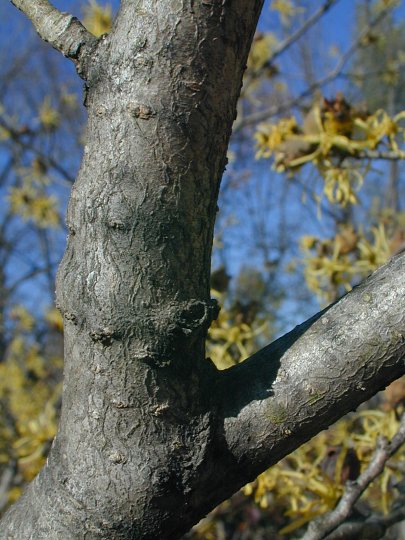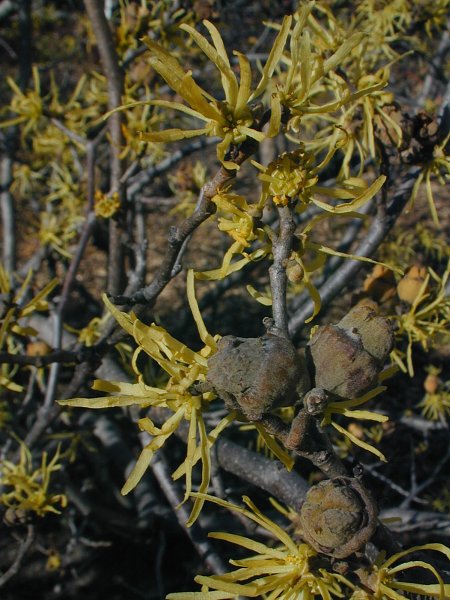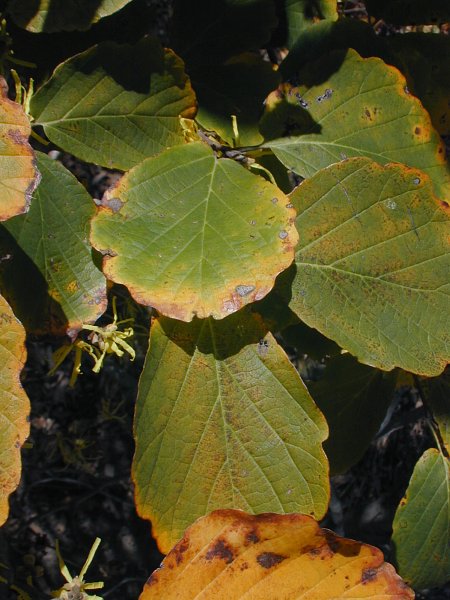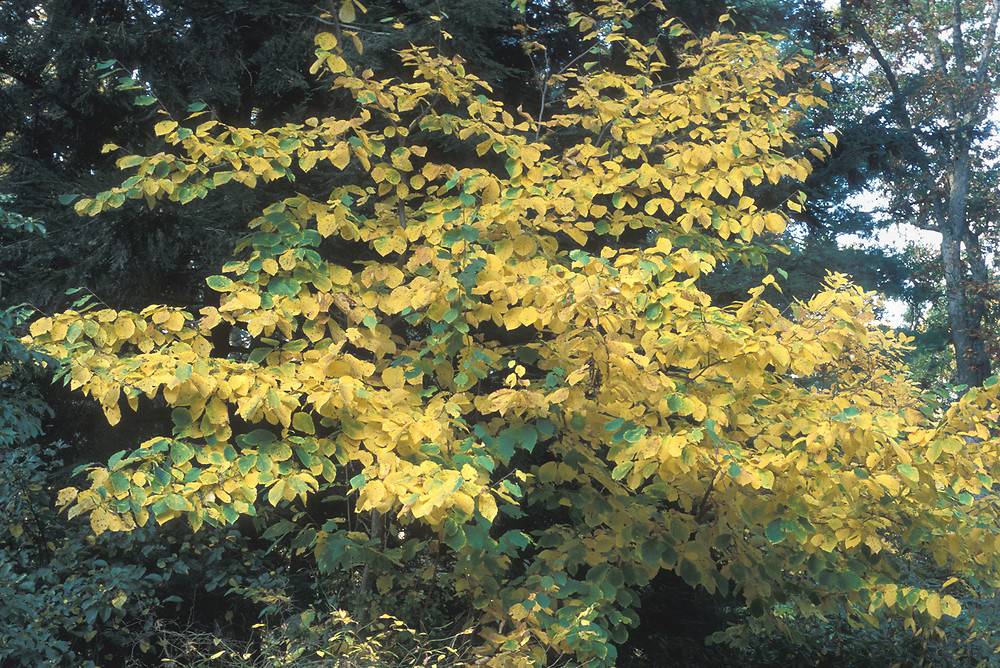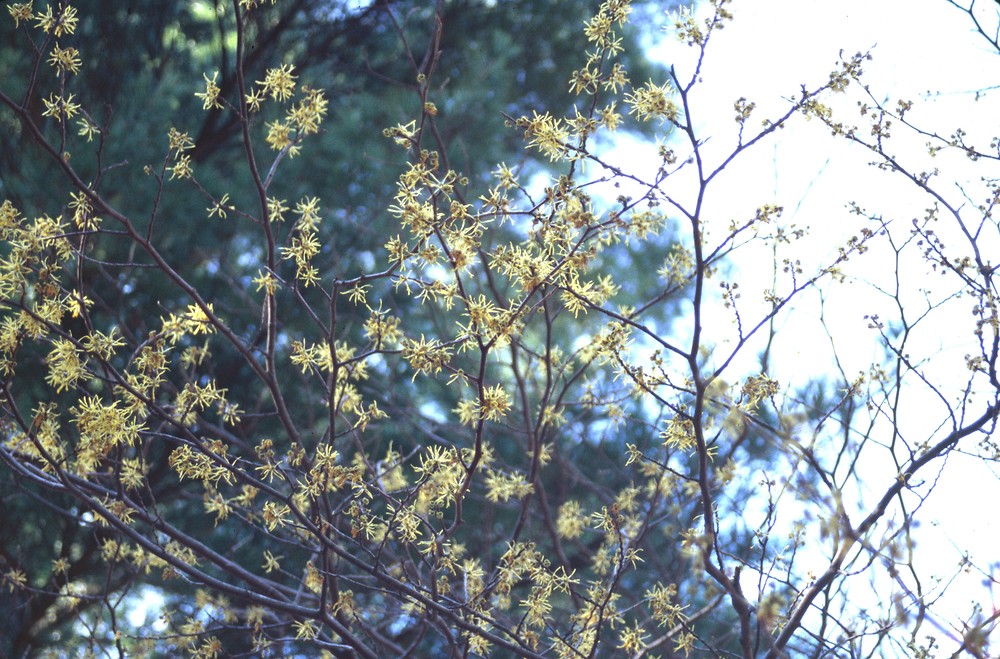Hey there iNatters! Welcome to another lovely week of fall weather in Northeast Ohio. This week, we’re featuring mulleins, which are members of the Verbascum genus. Ohio is home to five mullein species: great mullein (Verbascum thapsus), moth mullein (Verbascum blattaria), wand mullein (Verbascum virgatum), orange mullein (Verbascum phlomoides), and purple mullein (Verbascum phoenicuem) (according to USDA PLANTS database). However, only two of these species are found in CVNP: great mullein and moth mullein. In this feature, we will review identifying characteristics of these two species. For the other three species, we will briefly mention some of their outstanding characteristics. Most of the following information will come from John Hilty’s Illinois Wildflower Guide online and Newcomb’s Wildflower Guide.
Great mullein (Verbascum Thapsus):
Typically, mulleins are biennial plants, meaning one plant’s vegetative life cycle lasts for 2 years. During the first year, mulleins produce just a short rosette of leaves. Their densely hairy leaves are oblong-ovate with either smooth or crenate leaf margins. In a way, most first-year mulleins look like fuzzy heads of lettuce!

Photo credit: Mallory Klein
In their second year, great mulleins grow between 3-7’ tall. The first-year rosette is replaced with a taller plant stalk that terminates in a dense flower spike. The leaves remain a similar shape as in the first year and are alternately attached to the stem. The flowers of great mullein are yellow with five petals. Each flower on the spike will only open for a single day for pollination. If the flower does not get pollinated, it will revert to self-pollination (this process is a form of “delayed selfing”). The longer its flower spike, the lower its chance of self-pollination.

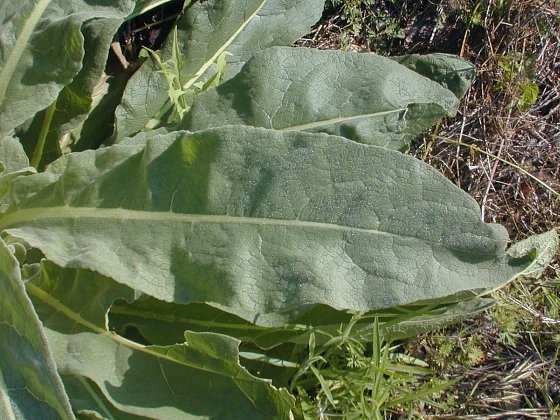
Photo credits: user MPF on Wikimedia Commons, John Hilty
When the colder weather sets in and most of our plants become dormant, mullein leaves will wither off the plant. The flower spike, however, will have produced reddish-brown fruits that persist through the winter. You might see these rods of fruit throughout the cold season.

Photo credit: Jennifer Keir
Moth mullein (Verbascum blattaria):
Moth mulleins will also produce a low-growing rosette in their first year. Their leaves are still hairy but, unlike great mullein, their margins have deeply rounded lobes.

Photo credit: Pamela B. Trewatha, Missouri State University
In their second year, moth mulleins will grow to 1-3’ tall. Their leaves are alternately attached to the stem, with the lower leaves clasping the stem (looking as though the stem has perforated the leaf) and the upper leaves being sessile (meaning the leaves are directly attached to the stem without a petiole). The leaves also have generally coarsely crenate leaf margins. Moth mullein flower spikes are much less densely packed with flowers than great mullein. The flowers can be yellow or white with pinkish purple centers, due to the brightly colored hairs on the stamens. Each flower has five petals and can be up to five times as large as great mullein flowers (great mullein flowers are usually less than 1” wide, while moth mullein flowers can get up to 5” wide).

 <
<
Photo credits: Cecily Myer and MDC staff, courtesy Missouri Department of Conservation
Because the remaining three mullein species are much less common in Ohio, you will likely be deciding between great and moth mullein when IDing your observations. Wand mullein (Verbascum virgatum) closely resembles moth mullein (Verbascum blattaria). Its flowers can also be yellow or white and their leaf margins are both toothed in some way. However, wand mullein leaves have more rounded teeth than moth mullein leaves and moth mullein leaf tips are often pointed.

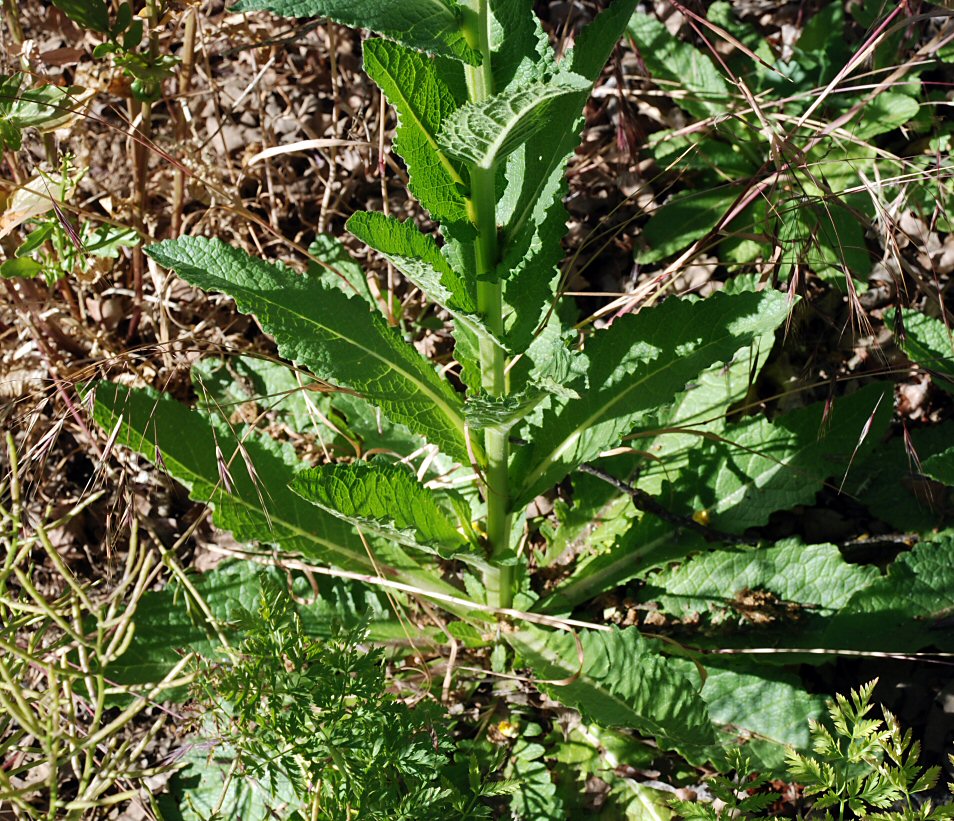
Photo credits: Left: moth mullein leaves by Peter M. Dzuik. Right: wand mullein leaves by Barry Breckling
Orange mullein (Verbascum phlomoides) has a dense flower spike, similar to great mullein (Verbascum Thapsus). Orange mullein, however, has larger flowers and its leaves can be wavier and are less oblong than great mullein’s.
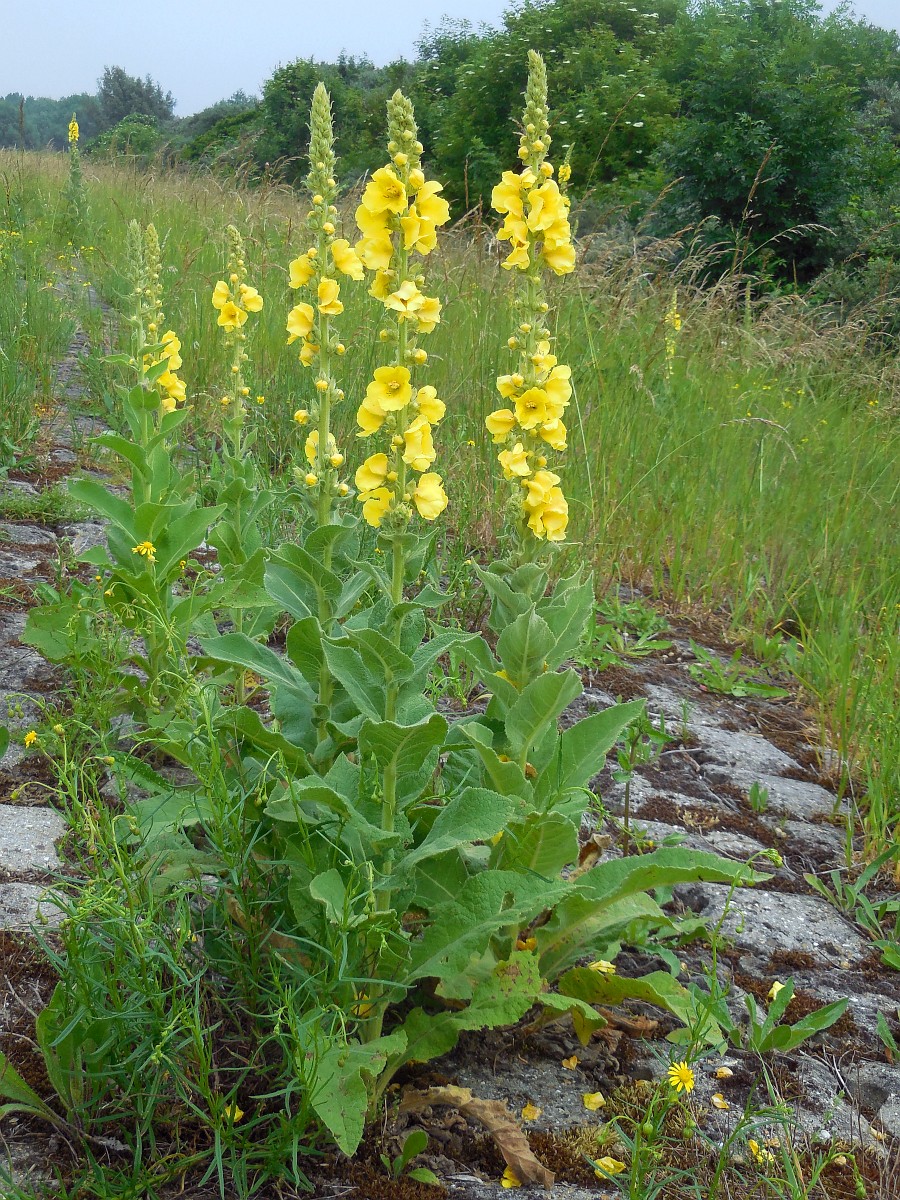
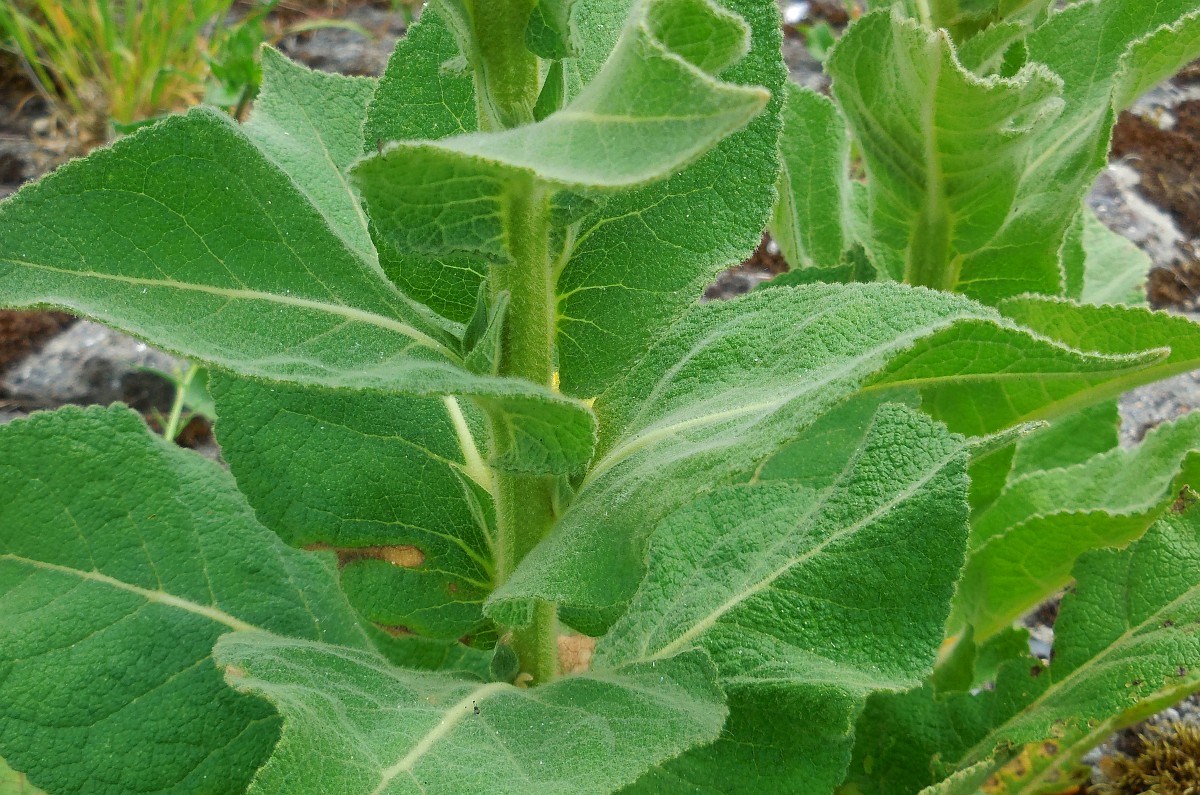
Photo credits: both courtesy freenatureimages.eu
Finally, purple mullein (Verbascum phoeniceum) is easy to spot because its flowers are purple or a deep pink color. Purple mullein is popular among gardeners and is coveted for its luscious color.


Photo credit: Purple mullein, courtesy Dave's Garden and Krzysztof Ziarnek, courtesy of wikimedia commons
Thanks for tuning into this week’s feature! Hopefully this will be helpful on your fall and upcoming winter treks. Happy iNatting!

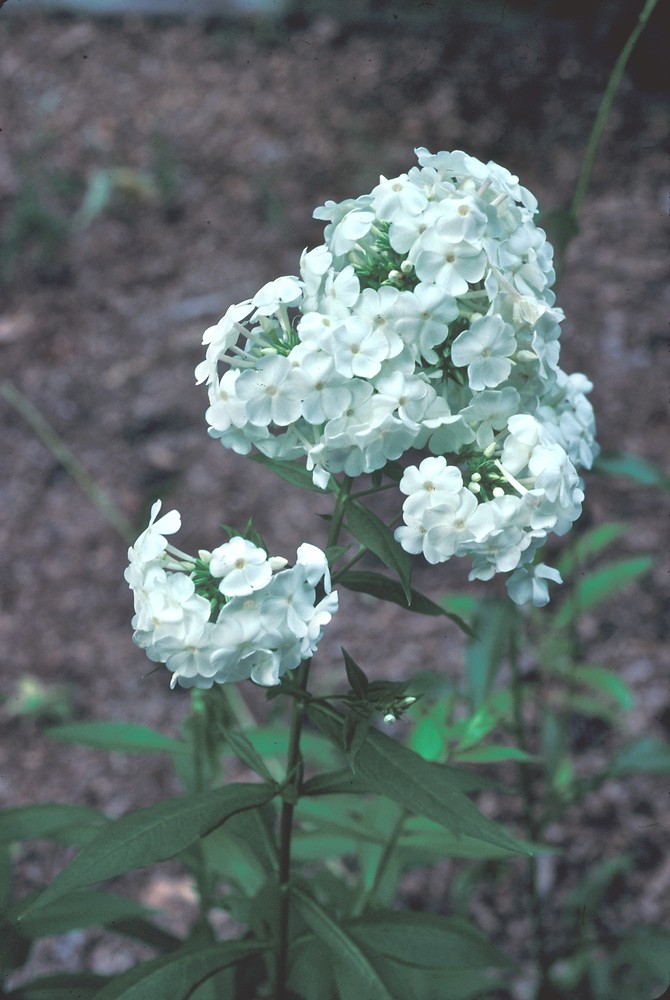

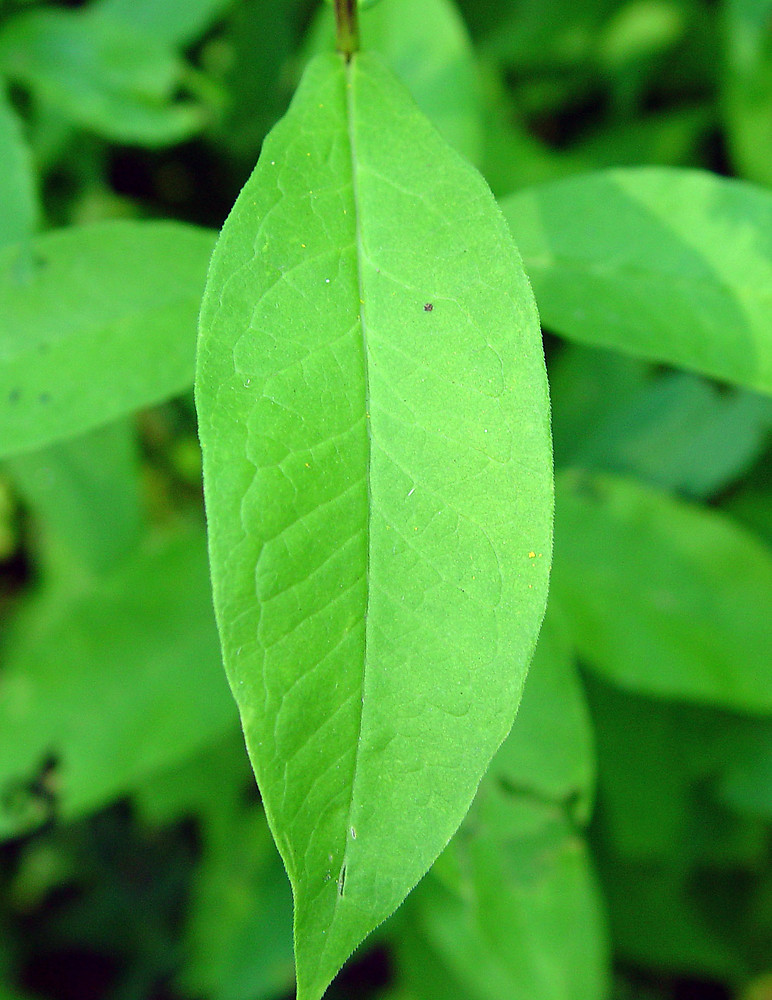







 <
<






